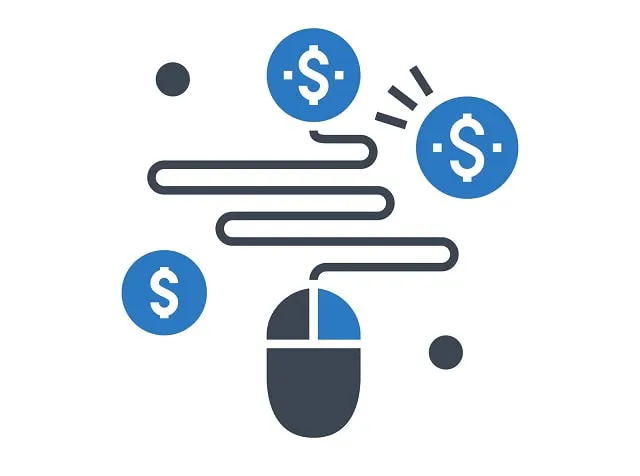As a business owner, you’ll see metrics galore when it comes to advertising, including something called cost per click (CPC). Analytics tools and numbers can get overwhelming, which is why many experts suggest focusing on key metrics instead of all metrics. Cost per click is definitely one of those key metrics, as it will help you lower your costs on pay per click (PPC) advertising campaigns.
What Is Cost Per Click (CPC)?
Cost per click (CPC) is a term related to pay per click (PPC) advertising. When you use PPC ads, you pay every time someone clicks those ads. The CPC number tells you how much you’ve paid for someone to click on that ad. Logically, the lower that number, the better for you because you’re spending less money for each click over to your landing page.
Why is your cost per click number significant? Basically, it lets you know how much you’re paying to get potential customers to visit your website or landing page. If you have a CPC of $0.56, you’re only paying $0.56 per ad click. But a CPC of $2.50 means you’re paying $2.50 for that click.
Which one would you rather pay? It’s crucial to keep track of your CPC numbers to get an idea of how well your ads are performing and whether you should make any tweaks.
How to Calculate CPC
Calculating CPC is relatively straightforward when you have your total click cost and the number of clicks handy. You can grab these numbers from your Google AdWords account or other advertising dashboards. To calculate CPC, divide your total click cost by the number of clicks that resulted in that cost.
For example: $2500 (total cost) / 750 clicks = $3.33 CPC
How to Lower CPC Costs
Although there are several ways to lower CPC costs you’ll learn over time, the following tips can help you get started right away on reaching a cost per click number you’re comfortable with.
Work Toward a Better Quality Score
Google gives your ads a quality score based on the relevance of your landing page to your ad, the relevance of your ad to a user’s search, and your projected click-through rate (CTR). The score ranges from 1-10, with a higher score being a better score. Find your quality score in Google AdWords in the area that displays your ad’s keywords.
Google has this quality score in place to help you improve your ads, so it’s definitely something to take advantage of. The higher your quality score, generally, the better performing your ads will be, which can lead straight to a lower CPC.
Optimize Your Landing Pages
Using our previous CPC example, it seems like a CPC of $0.56 is better than $2.50, right? It usually is, unless you’re not getting many leads or sales from each click. If that ad leads to an unappealing landing page, the chances are that most people will turn away without doing anything.
Let’s say that your landing page is getting lots of clicks, resulting in the low CPC of $0.56, but you’re only getting 1 form signup out of 100. However, your ad with a $2.50 CPC is churning out 30+ out of 100 sign-ups, so people seem to be more responsive to its landing page. Which one seems better now?
Your landing page can make or break your overall strategy. Make it optimized, targeted, and conversion-ready, pinpointing it directly to the audience that would click on your ad. If you’re unsure what type of landing page will work best, spend time A/B testing a few options.
Target Long-Tail Keywords
Popular keywords are those that have high search volumes. While these keywords do get a lot of searches, they’re also highly competitive, meaning that they’re more difficult for your ads to rank for.
While it’s okay to target some high-volume search terms, try to branch out into long-tail keywords too. They’ll usually have lower search volume, but they’ll also have less competition and more opportunities for you to find success with them.
Test, Test, and Test Some More
Continue to test your ad placement, keywords, visuals, calls to action (CTAs), and other elements that go into your PPC ads. Pit them against each other, changing just one feature at a time, to see what tweaks affect their performance positively. Learning what works will also ensure that you’re not paying more for bids than you need to.
Using these strategies, you should be able to lower your CPC over time effectively. Continue to A/B test your ads, work on making your landing pages the best they can be, and learn everything you can about successful advertising and lowered CPC costs.
When you’re running a PPC advertising campaign, you’re collecting data on your website visitors, and that means you need to be diligent about complying with consumer privacy regulations like GDPR and the California Consumer Privacy Act. Fortunately, compliance can be simpler when you leverage ShareThis’ Consent Management Platform. It simplifies the process of obtaining your visitors’ consent to collect data about them and disclosing how their data will be used. Best of all, it’s easy to install and free to use!






